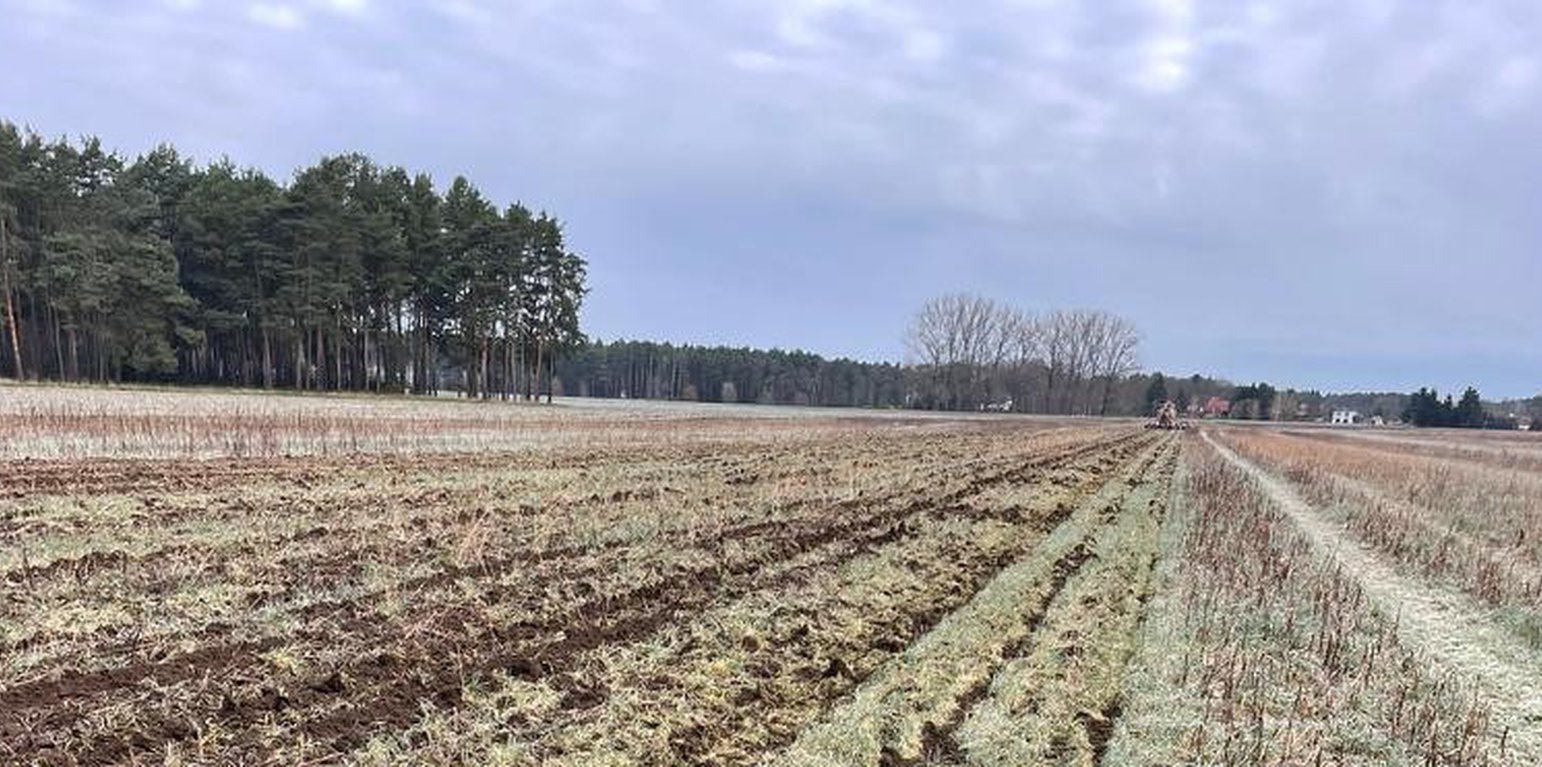



Conservation agriculture includes cultivation systems with minimum tillage or without tillage (no-till). Minimum tillage uses machinery (cultivators, rotary tillers) that only loosen the topsoil layer without turning it, leaving a mixture of bare soil and crop residues from the previous crop/ cover crop on the surface. No-till refers to sowing and fertilizing directly into the plant residues. Strip-till is a hybrid, where only the strip around the seed furrow is minimum-tilled, leaving up to two-thirds of the area under no-till.
Strip-till increases surface roughness, which slows the flow of surface water after heavy rains, improving infiltration rates and particle deposition, thus preventing soil erosion, nutrient losses and degradation of water quality in downstream channels and rivers. The plant residues reduce soil crust formation and decrease evaporation rates (Gangan et al. 2022). The residues also improve biological activity and the build-up of soil organic matter (SOM) and clay-humus complexes. The increased SOM content improves water storage capacity and thus water use efficiency throughout the growing season (Stadler, 2014; Busari et al. 2015).
Strip-till seeding is a precision farming technology that requires a high precision GPS guidance system and specific machinery, such as seed drills to cut through crop residues. The distance beween the strips depends on the cultivated crop. For maize cultivation it is typically 75cm. Strip-till machinery is often heavier than conventional seeding drills because the undisturbed soil is denser and harder. Often a new tractor with more horsepower is needed to compensate for the heavy weights. If mulch seeding is used, grain harvesters equipped with well-designed straw/chaff spreading devices across the full cutting width are required (Corsi & Muminjanov, 2019).
Strip-till also has negative side effects, which are related to the disadvantages of no-till: delayed soil warming, soil compaction, increased disease pressure, and increased weed pressure. Without ploughing, other measures such as selecting fast-growing and effective ground cover species, early high-density seeding, and/or using herbicides are needed to control weeds, especially in the transition period (first 2-3 years) when the seed bank in the soil is well-filled.
In our documented example, the farmer used strip-till on sandy soils (lacking nutrients, with poor water-holding capacity) and combined it with the application of organic fertilizer. Specifically the strip-till seeding of maize was chosen to make efficient use of digestate from a biogas plant. The digestate is applied in the tilled strips (seed bed) providing organic fertilizer for the whole growing season. A winter-killed catch crop was sown before drilling maize. The technology required expensive machinery and equipment, such as a Volmer Strip-Till Culex ML, RTK station and GPS guidance system. However, the costs were recouped through savings in fuel and fertilizer.
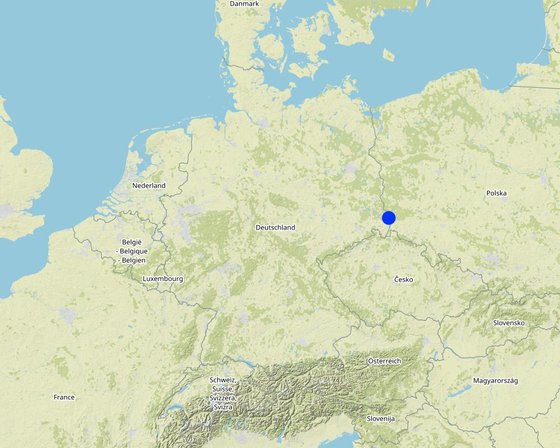
地点: Uhsmannsdorf (Nieder Horka), Saxony, 德国
分析的技术场所数量: 2-10个场所
技术传播: 均匀地分布在一个区域 (approx. 1-10 平方千米)
在永久保护区?: 否
实施日期: 10-50年前
介绍类型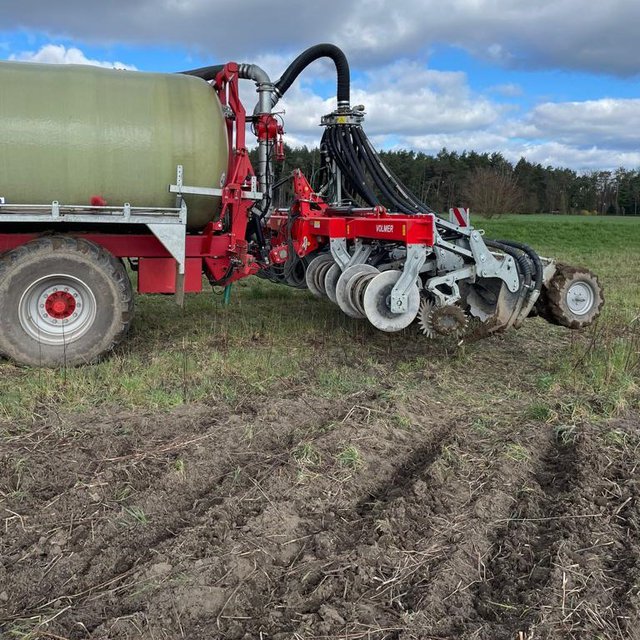
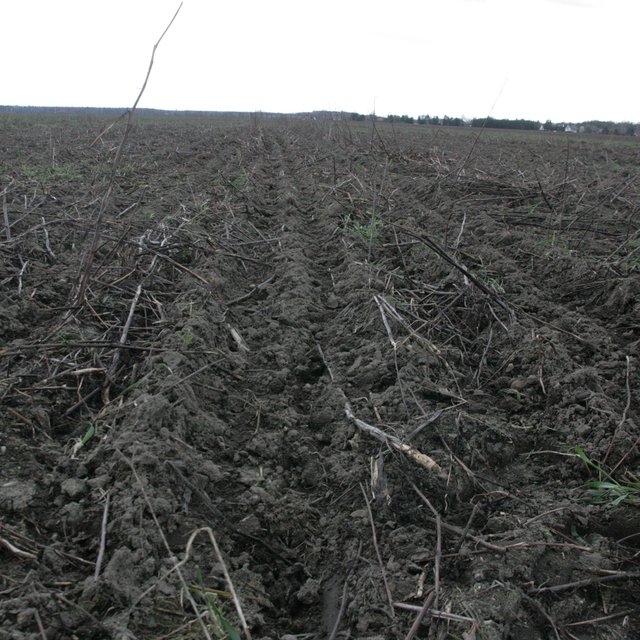


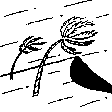






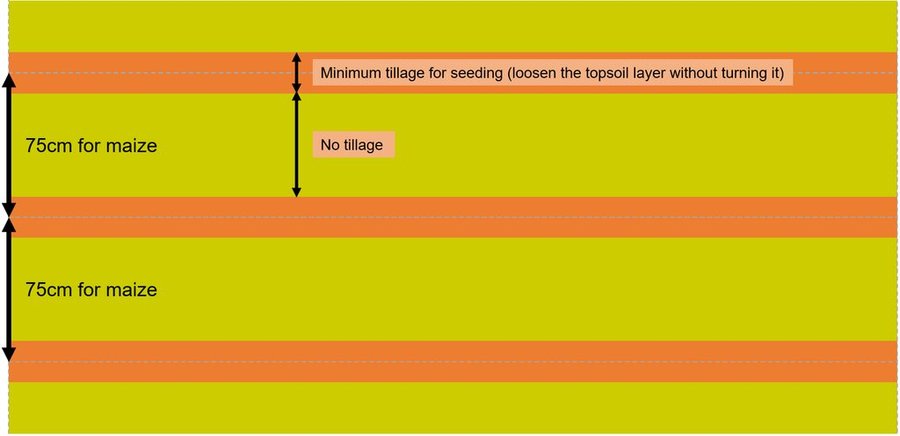
| 对投入进行具体说明 | 单位 | 数量 | 单位成本 (€) | 每项投入的总成本 (€) | 土地使用者承担的成本% |
| 设备 | |||||
| GPS-guidance system | GPS-guidance system | 1.0 | 25000.0 | 25000.0 | 100.0 |
| Volmer Strip-till Culex ML | Vomer Strip-till Culex ML | 1.0 | 25000.0 | 25000.0 | 100.0 |
| RTK-station | RTK-station | 1.0 | 17500.0 | 17500.0 | 100.0 |
| 技术建立所需总成本 | 67'500.0 | ||||
| 技术建立总成本,美元 | 74'175.82 | ||||
Effective use of the organic fertilizer (biogas digestate) and improvement of soil quality (sandy soils).
Increased water holding capacity on the long term.
Can efficiently use organic fertilizer (biogas digestate).
Increase due to savings of diesel and labor.
Fewer working operations.
Increased infiltration rates
Improved soil moisture due to increased infiltration and less transpiration (improved soil cover)
Due to combination with winter-freezing cover crops.
Reduced due to less surface runoff.
Reduced due to less surface runoff and efficient application of fertilizers.
Reduced due to improves soil cover.